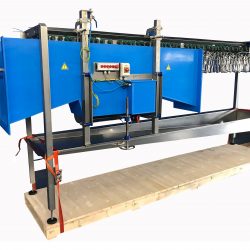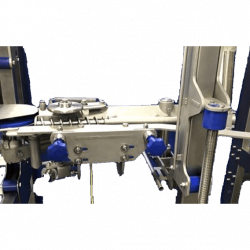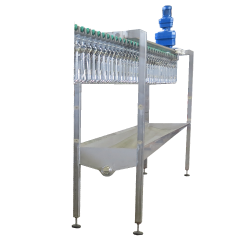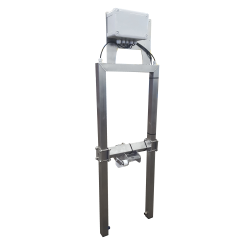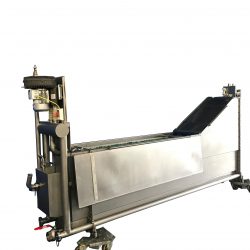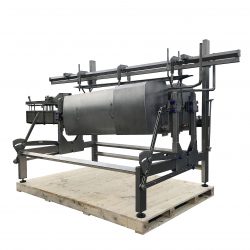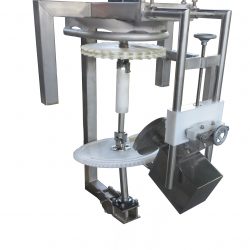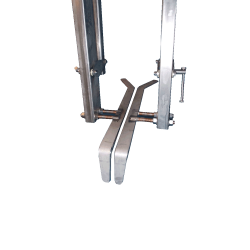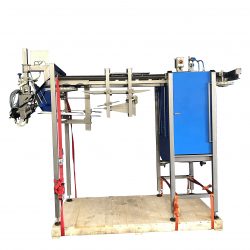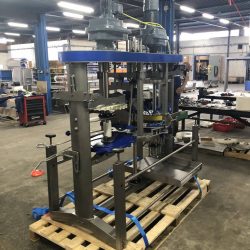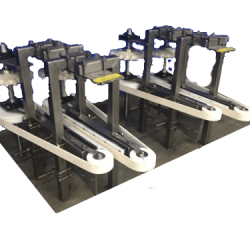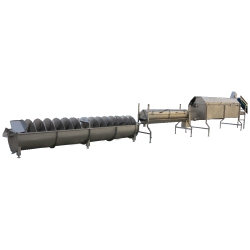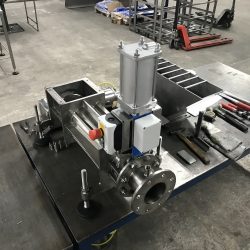Killing and Plucking
Following stunning, the blood vessels in the animal’s neck are cut to kill the bird and to allow it to bleed out. There are many techniques and ways to perform the killing act. The main difference is between slaughtering with and without stunning, the latter being influenced by religious laws. Namely, traditional slaughterhouses forbid stunning due to religious laws (Halal or Kosher are the most well-known regulations), meaning animals are meant to die by bleeding only. In religious slaughterhouses the killing process is carried out by one or more trained professionals who use a very sharp blade to manually cut the jugular veins. Killing in traditional slaughterhouses is always a manual act bound to strict guidelines.
In abattoirs where stunning is practiced, killing can be done by hand or by using automatic equipment with backup personnel. This is mostly a matter of economics. An automatic killing machine has a single or double blade to efficiently and correctly sever the veins without damaging trachea.
After the kill cut has been made, the birds will generally lose around half of the total amount of blood in 1,5 to 2 minutes of bleeding time. The birds are conveyed over a v-shaped bleeding trough which collects the blood. Inadequate bleeding results in a product with a shorter shelf life. However letting birds bleed out too long will cause problems with plucking.
Before plucking and after the birds have bled out, the birds are conveyed through a water tank filled with hot, scalding water. Hence the name of the machine: scalder or scalding tank. The water can be heated by heating elements and functions to help loosen the feathers from the skin. This is absolutely vital to achieve a good defeathering result. Blowers inside the tank will create turbulence in the water, meaning the birds are completely immersed and scalded.
After the feathers have been loosened in the scalder, the birds are plucked one ore more defeathering machines. Cabinets with multiple rows or rotating discs with rubber plucking fingers are placed on both sides of the shackle line. One plucking machine can hold up to 32, 40 or 64 rotating discs with each disc containing 8 to 10 plucking fingers. The rubber picking fingers are designed to remove the feathers from the carcass.
The amount of plucking discs and machines needed, depend on the required capacity per hour. The end result is always a cleanly picked bird. Height and spacing of the discs can be adjusted to accommodate different bird sizes.


